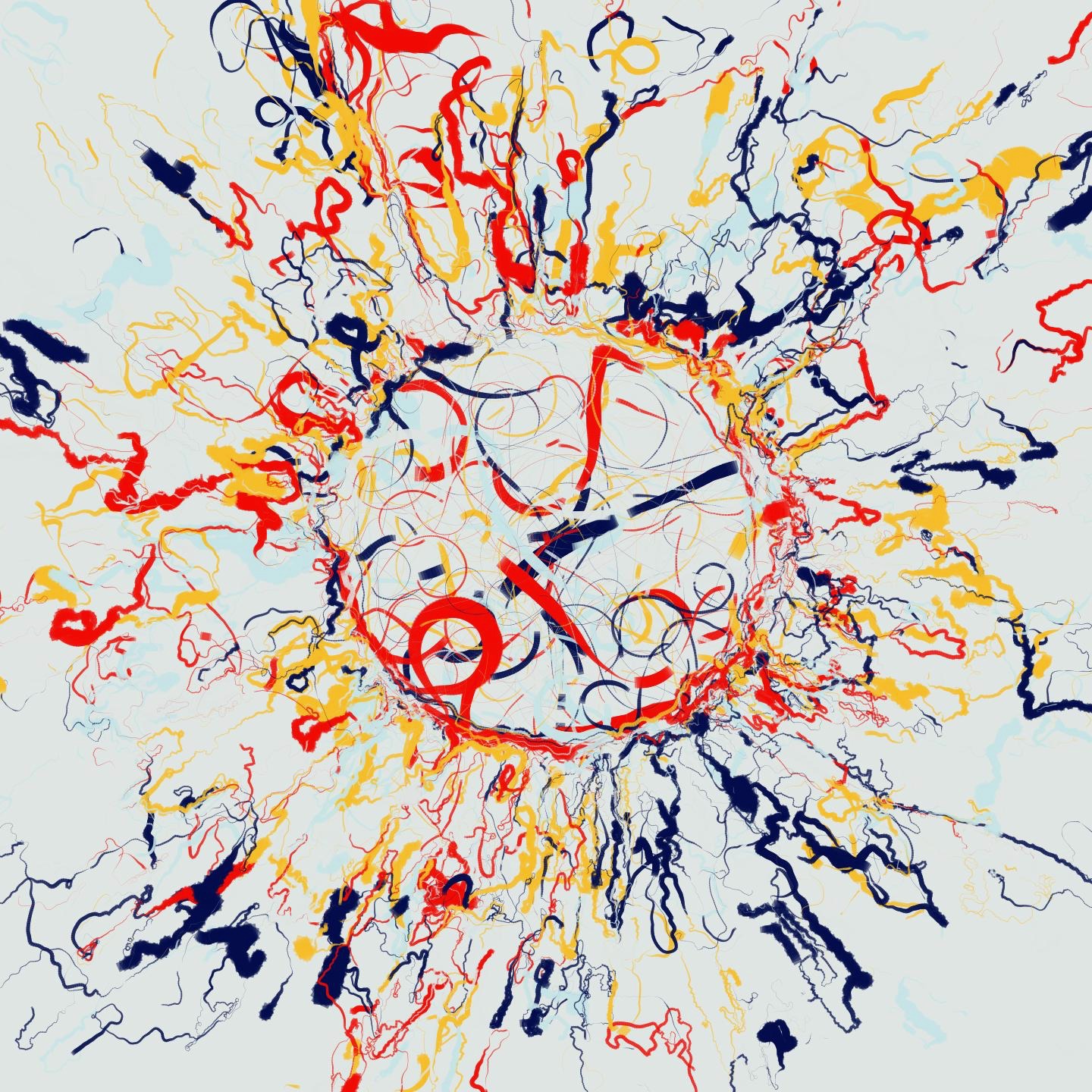Our papers are the official record of our discoveries. They allow others to build on and apply our work. Each one is the result of many months of research, so we make a special effort to make our papers clear, inspiring and beautiful, and publish them in leading journals.
- Date
- Subject
- Theme
- Journal
- Citations
- Altmetric
- SNIP
- Author
 M. Burtsev
M. Burtsev A. V. Kosyak
A. V. Kosyak J. Wang
J. Wang Y. He
Y. He O. Gamayun
O. Gamayun E. Sobko
E. Sobko F. Sheldon
F. Sheldon F. Caravelli
F. Caravelli I. Shkredov
I. Shkredov A. Stepanenko
A. Stepanenko A. Sarikyan
A. Sarikyan A. Esterov
A. Esterov A. Ochirov
A. Ochirov M. Reeves
M. Reeves T. Fink
T. Fink G. Caldarelli
G. Caldarelli R. Hannam
R. Hannam A. Coolen
A. Coolen O. Dahlsten
O. Dahlsten A. Mozeika
A. Mozeika M. Bardoscia
M. Bardoscia P. Barucca
P. Barucca M. Rowley
M. Rowley I. Teimouri
I. Teimouri F. Antenucci
F. Antenucci A. Scala
A. Scala R. Farr
R. Farr A. Zegarac
A. Zegarac S. Sebastio
S. Sebastio B. Bollobás
B. Bollobás F. Lafond
F. Lafond D. Farmer
D. Farmer C. Pickard
C. Pickard T. Reeves
T. Reeves J. Blundell
J. Blundell A. Gallagher
A. Gallagher M. Przykucki
M. Przykucki P. Smith
P. Smith L. Pietronero
L. Pietronero

Network theory
Physics of financial networks
Statistical physics contributes to new models and metrics for the study of financial network structure, dynamics, stability and instability.

Financial markets
Network valuation in finance
Consistent valuation of interbank claims within an interconnected financial system can be found with a recursive update of banks' equities.

Financial risk
Pathways towards instability
Processes believed to stabilize financial markets can drive them towards instability by creating cyclical structures that amplify distress.

Complex networks, Financial risk
Non-linear distress propagation
Non-linear models of distress propagation in financial networks characterise key regimes where shocks are either amplified or suppressed.
Percolation theory
Clusters of neurons
Percolation theory shows that the formation of giant clusters of neurons relies on a few parameters that could be measured experimentally.
Financial risk
DebtRank and shock propagation
A dynamical microscopic theory of instability for financial networks reformulates the DebtRank algorithm in terms of basic accounting principles.